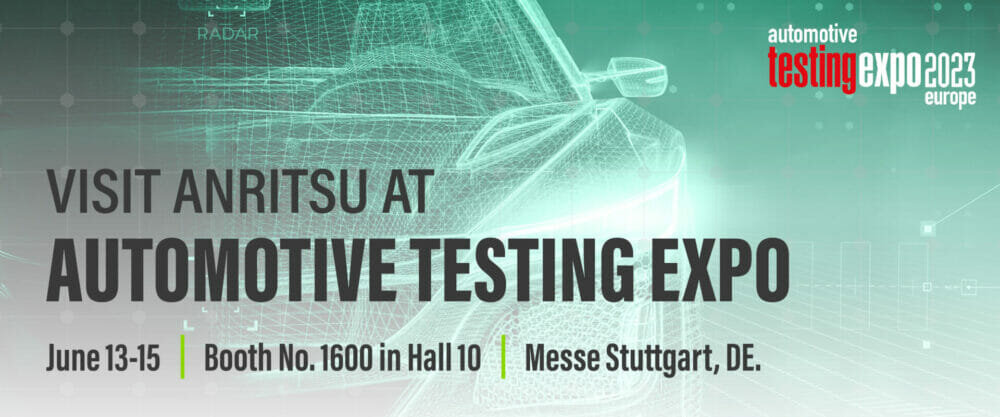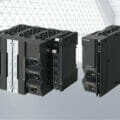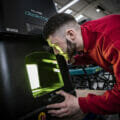Anritsu will join Automotive Testing Expo 2023 (13-15 June, Stuttgart, Germany),to display leading-edge test solutions for hot use cases in the automotive industry. The event is the world’s largest automotive testing technology expo, bringing together the latest innovations in full vehicle and component testing, as well as validation technologies and services.
On stand 1600 in Hall 10, Anritsu will showcase its testing solutions that help to evaluate the safety, stability, interoperability, and reliability of different CV2X applications.
Next Generation eCall testing solutions
The eCall, an automatic car emergency call system, is becoming a crucial part of the car environment, and since March 2018, it has been mandatory for all new homologated car models in the EU. It has already been a couple of years since the last standardization and adoption of eCall technology which is based on 2G and 3G cellular technologies. With the evolution of cellular technologies and wide deployment of 4G and 5G, the Next Generation eCall (NG eCall) is now coming, ensuring a much faster and reliable transfer of Minimum Set of Data (MSD).
As this emergency call provides life-saving services, it needs to be tested thoroughly. On the stand, Anritsu will demonstrate the process of making the emergency call from In-Vehicle system into the cellular LTE network with the transfer of MSD over SIP signalling and bi-directional end-to-end voice call between the passenger and operator of Public Service Answering Point (PSAP). In-Vehicle system represents Device Under Test (DUT) where we use the device developed by one of the market leaders. The PSAP is emulated by Anritsu Signalling Tester/Base Station simulator MD8475B and Anritsu eCall Test solution MX703330E. The process for making emergency calls is based on Voice over LTE (VoLTE) technology, where IP Multimedia Subsystem (IMS) and Session Initialization Protocol (SIP) are used to establish the voice call. All necessary data is then transferred quickly to help emergency services provide fast and effective intervention.
Type 2 Automated Valet Parking testing solution
Anritsu will also be demonstrating its solutions for Automated Valet Parking (AVP). This service, where a car is parked automatically without any driver, can rely either on expensive high-performance computing and sensing installed in the vehicle (Type-1 AVP) or receive commands from the AVP application using 5G network and sensors installed in the parking space (Type-2 AVP).
Anritsu will demonstrate its testing solution for Type-2 Automated Valet Parking developed in cooperation with dSPACE and Apposite Technologies. The company will show how 5G can be used to send and receive commands between the AVP system and the car. This solution uses dSPACE’s platforms AURELION and VEOS to create a digital twin of the car and simulate the parking space. Vehicle motion control commands (VMC) generated by the AVP System are transmitted to the OEM Application, which displays the state of vehicle control via 5G communication using Anritsu’s MT8000A Radio Communication Test Station 5G base station simulator. The incorporation of a Netropy Network Emulator from Apposite allows the addition of impairment, for example latency or loss, enabling comprehensive stress testing of the vehicle control.
Latency measurements for MEC in Automotive
Fast transfer of data is crucial in the connected car concept and autonomous driving. Multi-access Edge Computing (MEC) is a key element to achieve necessary communication KPIs in form of throughput, utilization, latency, jitter, and packet loss. MEC is used in use cases such ‘See Through’, In-Vehicle Entertainment (IVE), Intersection movement assist (IMA), Vulnerable road user (VRU), Vehicle platooning and Automated Valet Parking (AVP). MEC requires specific Quality of Service (QoS) indicators in order to deliver the service in secure and reliable way.
To measure end-to-end latency between two distant locations requires two measuring instruments, with time clocks aligned and synchronized by GPS or other type of GNSS. The latency of the signal is then measured by the time difference between the signal leaving from the transmitting test instrument and arriving at its destination.
In this demonstration Anritsu will show live views of QoS measurements achieved over a Mobile Network connection, such as latency, jitter, and Sync Test Analysis (1PPS/PTP/Sync-E). Anritsu will also showcase the MT1000A Network Master, which measures simultaneous up-link and down-link latency referenced to GPS locations.
Bumper Evaluation System
In partnership with radar technology specialists Keycom, Anritsu will also be demonstrating a tool for evaluating the transmission attenuation of bumper affected from painting or coating at a service center. Thanks to this tool the evaluation can be done without the need to remove the bumper from the vehicle.








